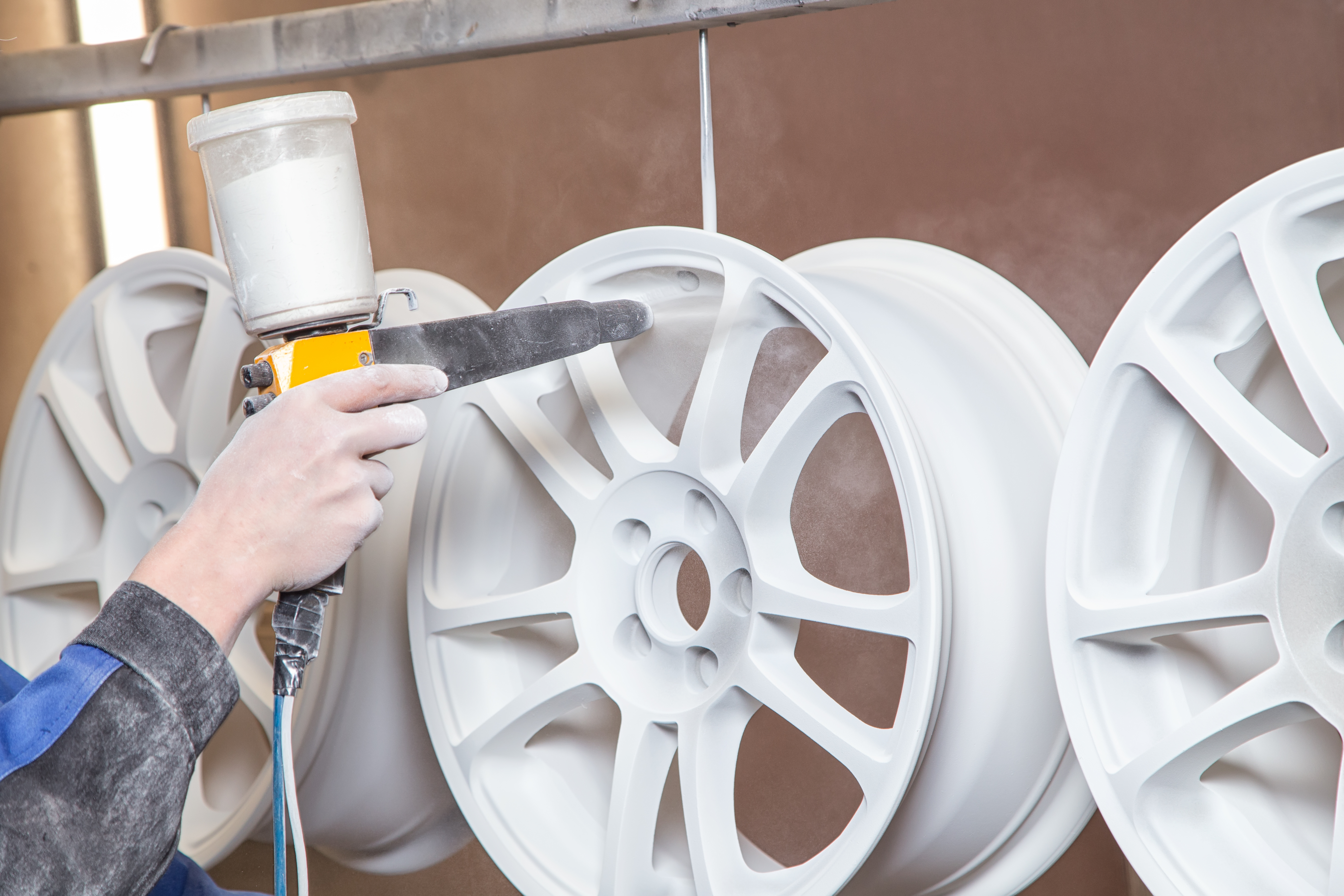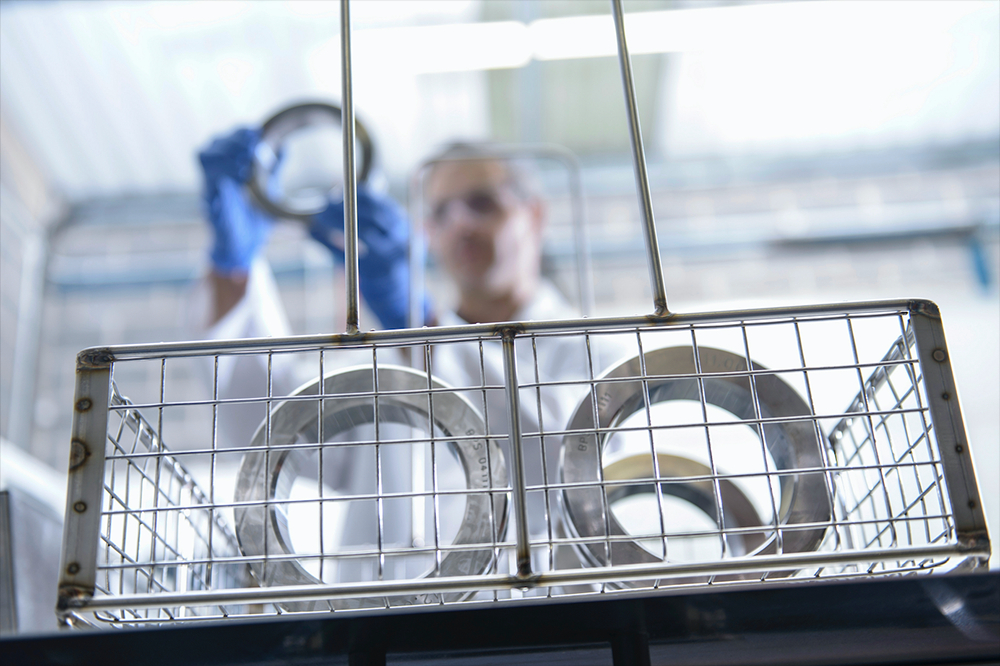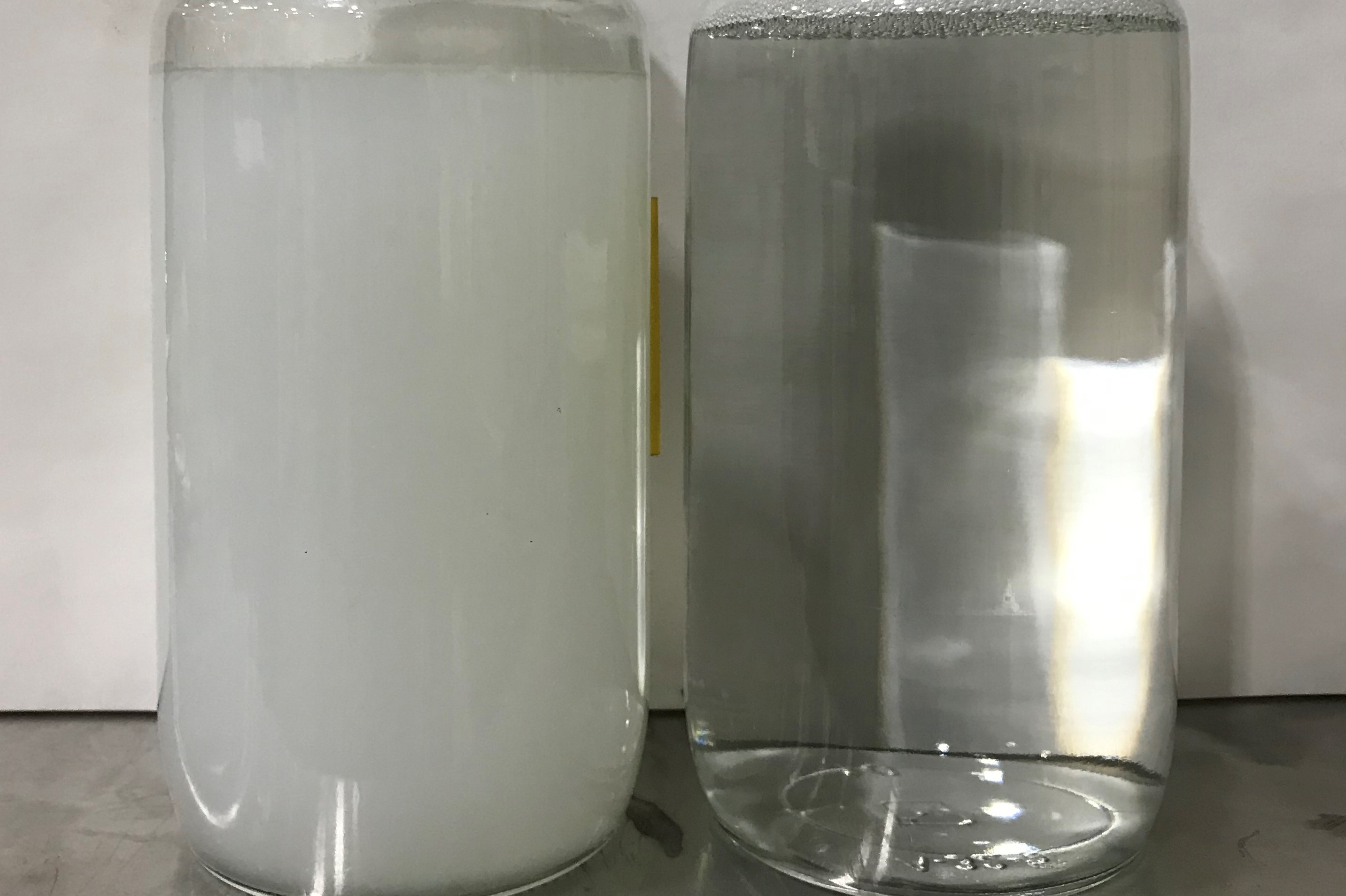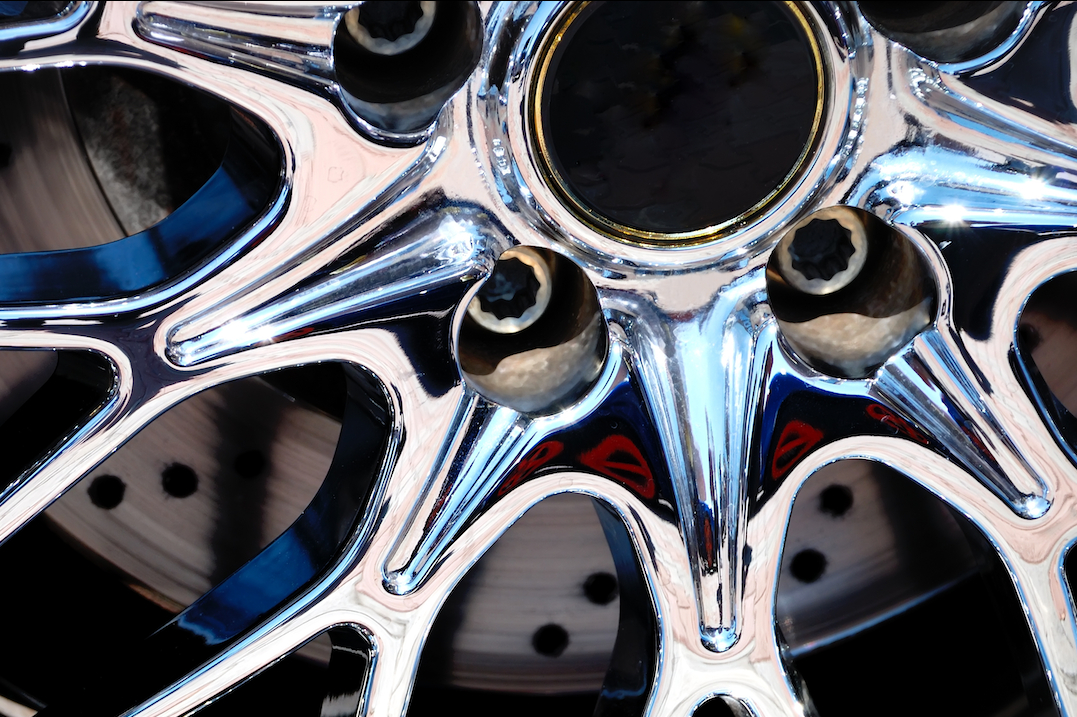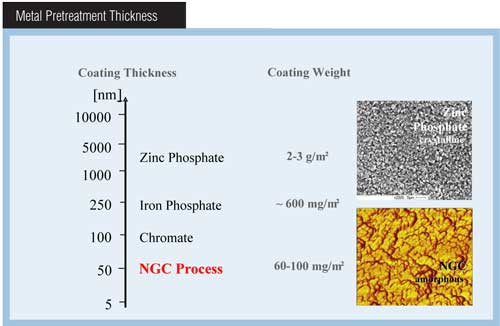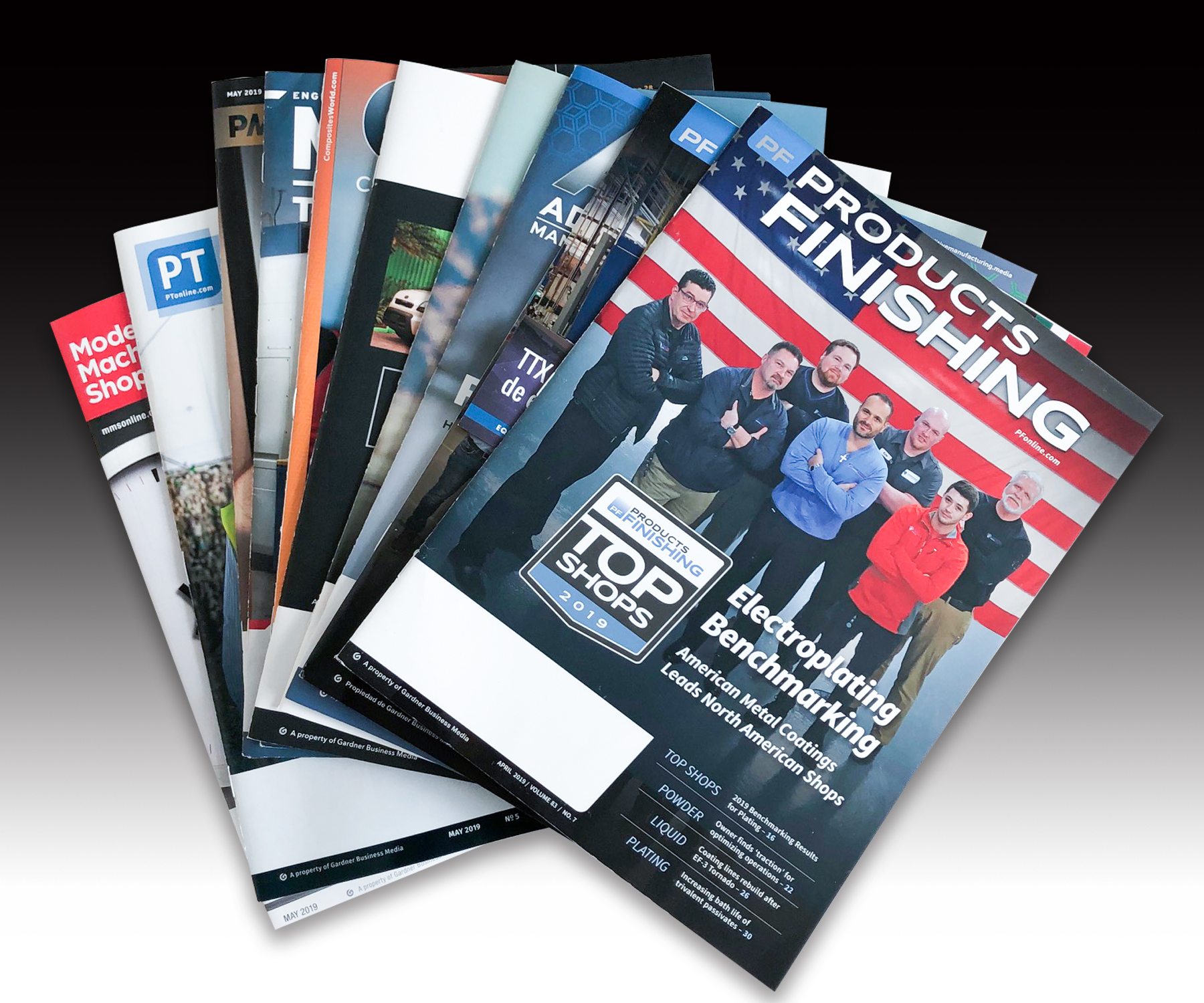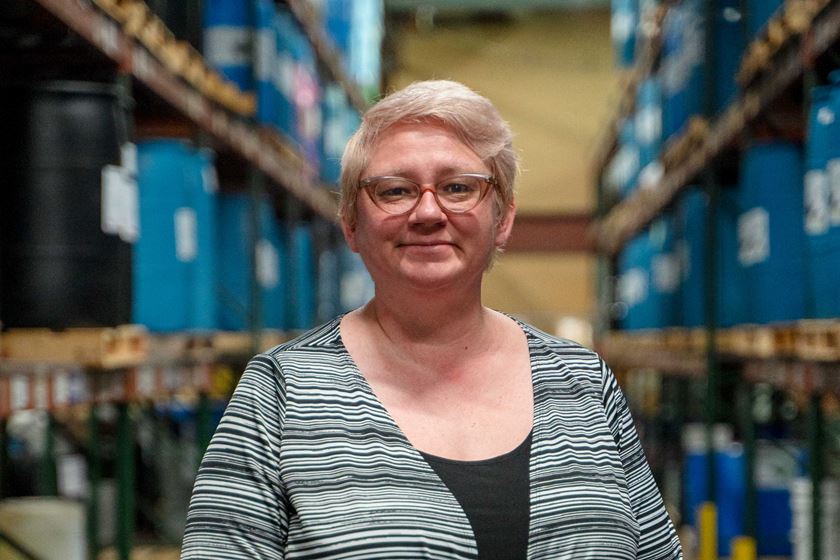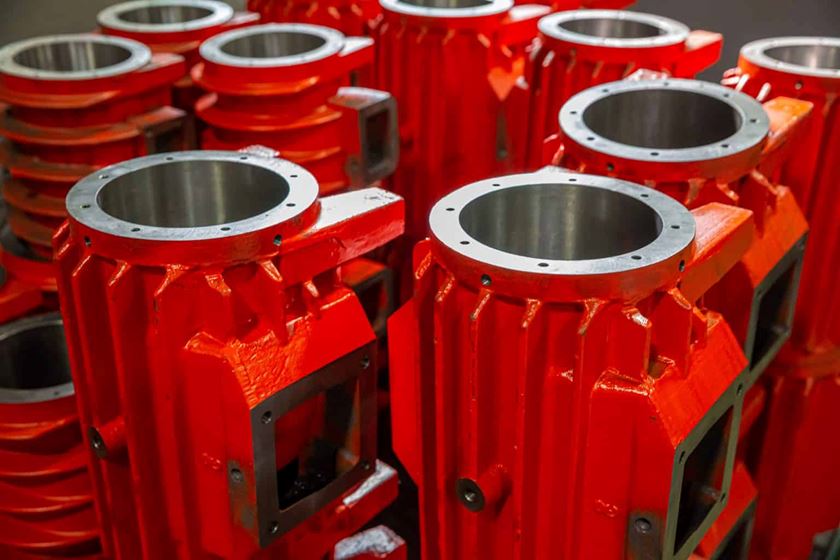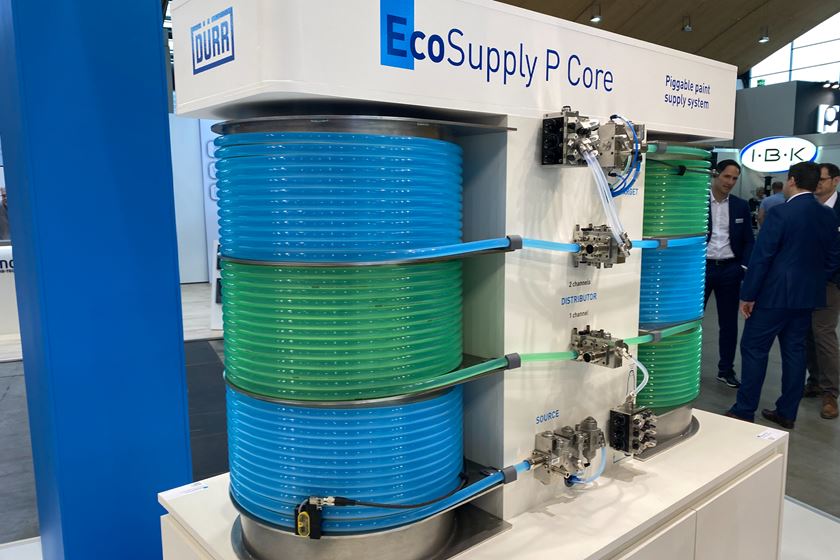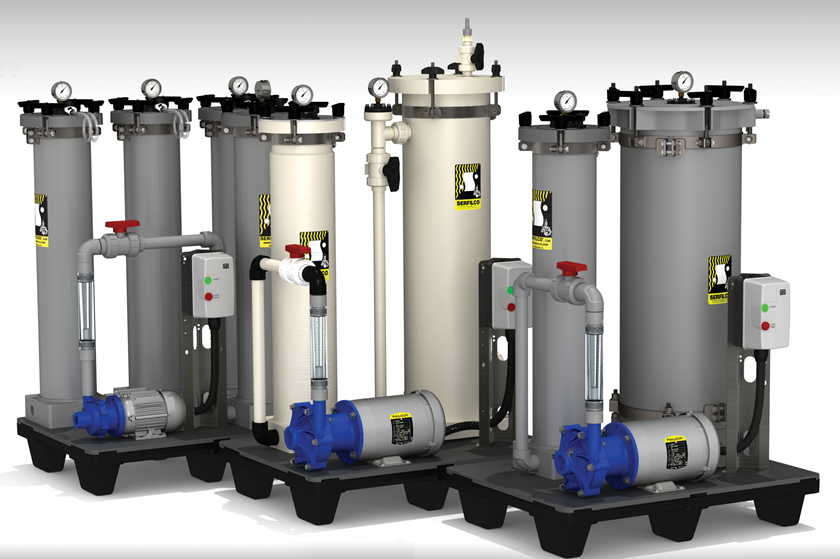Reusing Water
We are using ion exchange treatment for wastewater from nickel-chrome and zinc plating. The metal rinses are passed through the ion exchange process to remove the presence of nickel, hex chrome and zinc metal ions. The “clean water” is re-used to rinse our plated parts, but we find that it attacks the bright zinc finish. What kind of characterization do we need to do to identify the pollutants that cause this?
#pollutioncontrol
Q. We are using ion exchange treatment for wastewater from nickel-chrome and zinc plating. The metal rinses are passed through the ion exchange process to remove the presence of nickel, hex chrome and zinc metal ions. The “clean water” is re-used to rinse our plated parts, but we find that it attacks the bright zinc finish. What kind of characterization do we need to do to identify the pollutants that cause this? S.P.
A. I do not have enough information to give you a completely satisfactory answer, but there are a couple of things you might look at. I would start by checking the heavy metal content of your clean water after it is passed through your ion exchange system. I would also check the pH of this water to determine if it is highly acidic. Certain types of zinc plating baths are sensitive to chromium contamination.
Other pieces of information that would be helpful in answering your question include the type of zinc plating bath you are using, and whether you see this problem before or after you have performed the chemical conversion process on your parts.
RELATED CONTENT
-
Choosing and Troubleshooting Copper Electroplating Processes
Learn more on this inexpensive and highly efficient process.
-
Sizing Heating and Cooling Coils
Why is it important for you to know this?
-
Copper Plating on Aluminum and Aluminum Alloys
How can I plate copper on aluminum?




